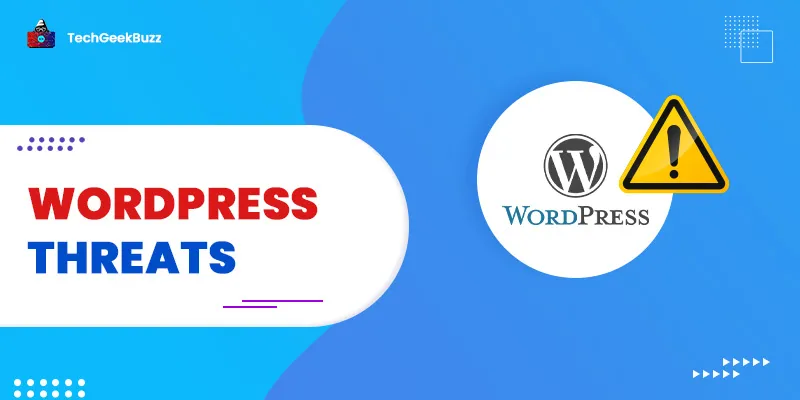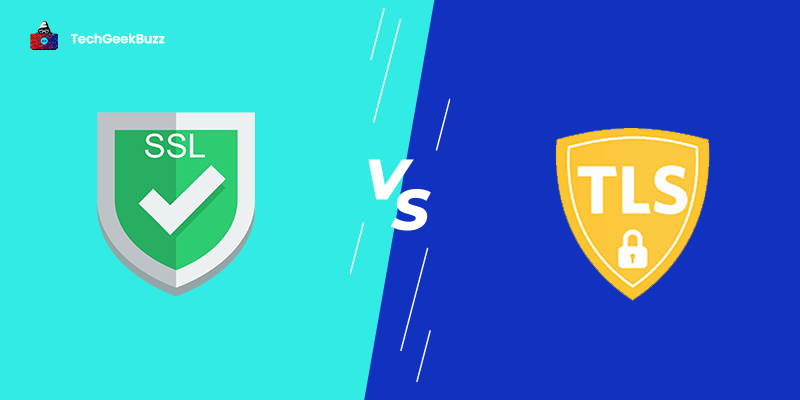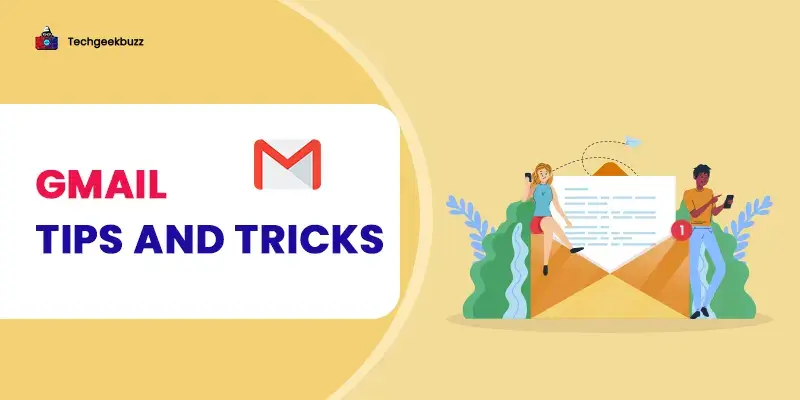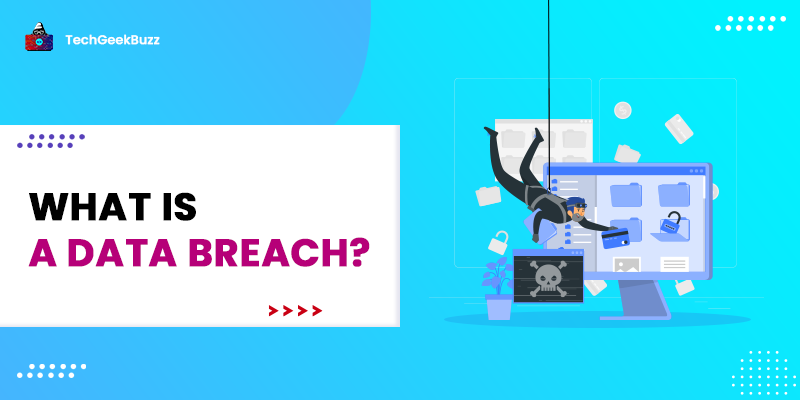WordPress is a free, open-source, and highly popular content management system (CMS). Unfortunately, it is also the most hacked CMS. The witness to this fact is the Wordfence 2020 WordPress Threat report , which reported more than 2,800 attacks per second on WordPress.
Now, one question that is bound to arise in your mind - ‘Is WordPress secure?’ Well, the answer to this question is a Yes. WordPress is a secure CMS, but it all depends on you. If you adhere to WordPress security procedures, it is a secure platform.
WordPress threats and vulnerabilities are unavoidable if users do not follow its security measures. Malicious hackers can find ways to harm your WordPress website if it is not secured properly. One of the most common reasons for WordPress websites getting hacked is their old or insecure version. If your website is running on old versions of WordPress, it is more likely to get hacked.
Besides, WordPress plugins, themes, and WordPress core also contribute to security threats and vulnerabilities. The iTheme’s WordPress Vulnerability Annual Report disclosed 1,628 security vulnerabilities in 2021, out of which:
- 97.1% come from WordPress plugins
- 0.05% come from core WordPress
- 2.4% come from WordPress themes
Cyberattacks adversely affect your website as well as your business’s reputation, especially if it harms visitors’ data. While these threats affect your website adversely, it becomes necessary to identify threats and take measures accordingly.
Through this blog post, we aim to make you familiar with the 10 most common WordPress security threats and the steps you can take to overcome them.
So, let us get started!
10 Common WordPress Security Threats You Should Know
The following are some typical WordPress security threats that can adversely affect your website and visitors:
1. Brute-Force Login
Brute-force login is one of the most common threats that many WordPress websites face. It is a trial-and-error method where hackers guess the username and password of your WordPress account by trying all the possible combinations.
Basically, hackers use a bot to quickly run billions of username and password combinations. Eventually, they will find the correct login credentials and can access your website’s sensitive data.
The primary reason for the brute-force login attack is that it is quite easy to find the default back-end login page of any WordPress site. Hackers take the WordPress site’s main URL and append these strings - /wp-admin or /wp-login.php. In this way, they can gain access to the login page.
In addition, another major reason is the default login page. It is important to customize the default login page of the WordPress site. Generally, hackers pair the default username ‘admin’ with a common password and gain access to your WordPress account.
How to Prevent?
The most effective way to prevent a brute-force attack is to choose a strong password that is difficult to discover for hackers. You can leverage password generators for this purpose.
In addition, you can enable two-factor authentication (2FA), which adds another layer to protect the login process. Finally, you can limit the login attempts and add a captcha to avoid brute-force attacks on your WordPress site.
2. Cross-Site Scripting (XSS)
Cross-site scripting or XSS attack takes place when hackers inject malicious JavaScript code into the target website. When the visitors visit that website, their browser executes this malicious JavaScript code. Visitors assume that this code is from a trusted source, i.e., the target website, but it actually is not.
In this way, it becomes easier for hackers to access visitors' data and take over their accounts on the target website. Also, they can impersonate visitors since they have access to all their data.
For the cross-scripting attack, WordPress plugins and themes are responsible. If your website has outdated and unsecure plugins and themes, hackers take advantage of them and access the front-end files of your website to inject malicious JavaScript code.
How to Prevent?
The foremost way to prevent cross-site scripting attacks is to always keep your WordPress plugins and themes updated. Also, make sure the WordPress core is running on its latest version. Finally, you have to be very careful when you use any third-party software on your website.
3. SQL Injections
SQL injection or SQLi is one of the most common WordPress security threats. WordPress uses the MySQL database management system, and SQL is a query language to access and manipulate data stored in the MySQL database. As a result, WordPress uses SQL for database management.
In the SQL Injection attack, hackers inject malicious SQL statements into a website, which allows them to unauthorizedly access the web site's database and data stored in it. They can do anything with this data, like insert other data, delete existing data, manipulate data, or even leak it to the outside world.
Generally, hackers carry out this attack through user submission forms, such as contact forms, payment info fields, or lead forms. They fill such forms not for any genuine reason but for their malicious SQL statements to get injected into your website’s database.
How to Prevent?
You invite such a type of attack through any form submission on your website. Therefore, it is essential for you to add security to the form submission process. You can do it by adding a captcha as a final step to submit a form, which will prevent a bot from submitting a form.
Also, do not allow any special symbols in the fields of a submission form. Lastly, you can also take into account using WordPress security plugins.
4. Malware
Malware is any software designed intentionally to gain unauthorized access and cause disruption to any computer system or computer network and leak sensitive information. In short, malware is a software that destroys the target computer system.
In the context of the WordPress website, malware is a software that exploits the website’s weaknesses to perform malicious activities on it. Generally, hackers place malware files into a WordPress website’s legitimate files or insert malicious code into existing files to steal the data of the website and its visitors.
The reason for malware to affect your website is the usage of outdated WordPress themes and plugins. Generally, hackers take advantage of outdated plugins and themes and place a malicious file or code into your website’s existing files.
How to Prevent?
The foremost step you should take is to use the latest version of WordPress themes and plugins. Secondly, you must regularly conduct a WordPress security scan to identify potential malware on your WordPress website. Finally, you can install WordPress security plugins to keep your website secure from attacks.
5. Phishing
Phishing is another WordPress threat that most websites suffer from. In this type of attack, hackers trick individuals to reveal their personal or sensitive information, such as login credentials and even credit card details.
In terms of the WordPress website, attackers can gain access to a website with admin privileges and can post spammy links on the website so that when visitors click it, their sensitive information gets compromised.
The reason the WordPress websites are vulnerable to phishing attacks is again outdated WordPress themes and plugins, weak passwords, and the lack of security checks for submission forms.
How to Prevent?
To prevent phishing attacks, you have to use the updated WordPress plugins and themes. Also, you need to use strong passwords so that attackers do not gain admin access to your website, and hence, they cannot post any spammy links on your website.
6. Hotlinking
Hotlinking is yet another common WordPress security threat. Basically, it is an act that involves linking a file or an image to a website that is hosting it. The images are the most common digital assets for hotlinking. However, audio files, animations, movies, etc., can also be hot-linked.
When other websites hotlink images, audio files, or videos without downloading them, they are using your money to keep the hot-linked media running on their websites.
Hotlinking is not a direct spammy event because the people who are hotlinking are not hackers. However, it is considered poor internet activity. When you restrict your website content, hotlinking is illegal.
How to Prevent?
One of the best ways to avoid hotlinking is to add a watermark to your images, videos, or other digital content. Though adding a watermark does not stop all the malicious hackers, it will require them to perform an extra step to remove that watermark.
7. Denial-of-Service (DoS) Attacks
Denial-of-Service (DoS) is one of the worst WordPress security threats that makes a website inaccessible to the administrator and all its visitors. Hackers carry out this attack by sending massive amounts of traffic to a target server, where all the websites hosted on that server become down.
Though the server and all the websites that it hosts can be restored from the DoS attack, it becomes pretty challenging to rebuild the reputation of websites. In addition, handling this type of attack costs a lot of money and consumes time.
Moreover, many hackers perform the DoS attack from multiple systems simultaneously on a single target which is called distributed denial of service or DDoS attack .
Both DoS and DDoS attacks target the hosting servers with limited security.
How to Prevent?
The most effective way to prevent a denial-of-service (DoS) attack is to choose the secure WordPress hosting. Make sure to find a reliable and secure hosting provider for your WordPress website.
8. Cross-site Request Forgery (CSRF)
Cross-site Request Forgery (CSRF) is a type of attack that forces users to perform unwanted actions on a website. Generally, hackers send a link via email or chat and trick website users to perform actions on the website that the hackers choose.
For instance, hackers may force website users to change their passwords and email addresses, transfer funds, or perform any other action. If the user is an admin of the website, hackers can take control of the entire website.
There are some WordPress plugins that are more vulnerable to cross-site request forgery (CSRF) attacks. Especially the plugins that include the check_url() function are more vulnerable to cross-site request forgery attacks.
How to Prevent?
The best way to avoid CSRF attacks is to keep watch on the plugins that you are using for your WordPress plugins. Another way is to install a WordPress security plugin that will keep your website protected from CSRF attacks and many other types of attacks. In addition, to prevent this type of attack, you can harden your website’s security by enabling two-factor authentication.
9. Search Engine Optimization (SEO) Spam
Search Engine Optimization (SEO) spam injection attacks are similar to SQL injection attacks, but here, target the SEO of the website, which website owners value the most to gain organic traffic. In this type of attack, hackers leverage the target website’s top-ranking pages and insert spammy keywords and ads into them.
Again, the culprits for this type of attack are outdated WordPress core, plugins, and themes. In addition, undefined user roles can also make your website more vulnerable to SEO spam.
SEO spam is very dangerous than all the WordPress security threats mentioned above since it is difficult to detect. Though hackers gain access to your website, they will not perform any action since it may result in an immediate suspicion. They only manipulate high-ranking pages of your website with malicious keywords so that it becomes challenging for you to detect in a site-wide review.
How to Prevent?
The best thing you can do is to keep your WordPress site updated, i.e., core, plugins, and themes. You can also use a WordPress security plugin that can run scans for detecting malware. Moreover, if you wish to identify this type of attack on your own, keep watch on your analytics data and record the changes in the SERP positions.
10. Undefined User Roles
Any WordPress website has six different user roles, where each role has specific permissions that allow or restrict the user from taking action on the website. The default user role is the administrator who has more control over the website than all the other user roles.
The problem occurs when you have multiple users and they don’t have any user role assigned, i.e., all of them are admin. Therefore, hackers perform brute-force login and can gain access to your site as an administrator through any of the user logins.
Therefore, if your website has poorly-defined user roles, a successful brute-force login attack will allow hackers to perform all the actions on your website that an administrator has the authority to do. Besides, hackers can also perform cross-site scripting attacks with the aim to collect visitors’ personal information by inserting malicious code into your website.
How to Prevent?
Make sure to assign different roles to each user of your website with specific permissions. If you are an admin of the website, you must follow the security measures, such as enabling two-factor authentication and using strong passwords.
Conclusion
WordPress security threats commonly arise as a result of users not taking security measures seriously, thus ending up being a victim of various security attacks. These threats affect the website’s data and reputation. Also, in some cases, such as XSS attacks, even the visitors’ personal information gets compromised. Therefore, taking security measures becomes essential to prevent such types of dreadful attacks.
We hope this article has helped you expand your knowledge of different types of WordPress security threats and ways to prevent them.
Frequently Asked Questions
1. Is WordPress secure?
WordPress is secure as long as you take the website security seriously and follow the best practices. Some best practices to ensure website security include using updated WordPress themes and plugins, defining user roles, enabling two-factor authentication (2FA), and keeping WordPress updated.
2. How to protect a website from brute-force attacks?
To protect your website from brute-force attacks, you need to adhere to the following security measures:
- Use strong passwords.
- Limit login attempts.
- Enable two-factor authentication.
3. Is WordPress vulnerable to SQL injection attacks?
Yes, WordPress is vulnerable to SQL injection attacks. To prevent such attacks, you must add a level of security to the form submission process, such as adding a captcha, so that hackers cannot use bots. Also, you can consider using WordPress security plugins.
People are also reading:





Leave a Comment on this Post